Pacific Northwest producers see sales lift since shutdown days this spring, but the forecast is mostly cloudy
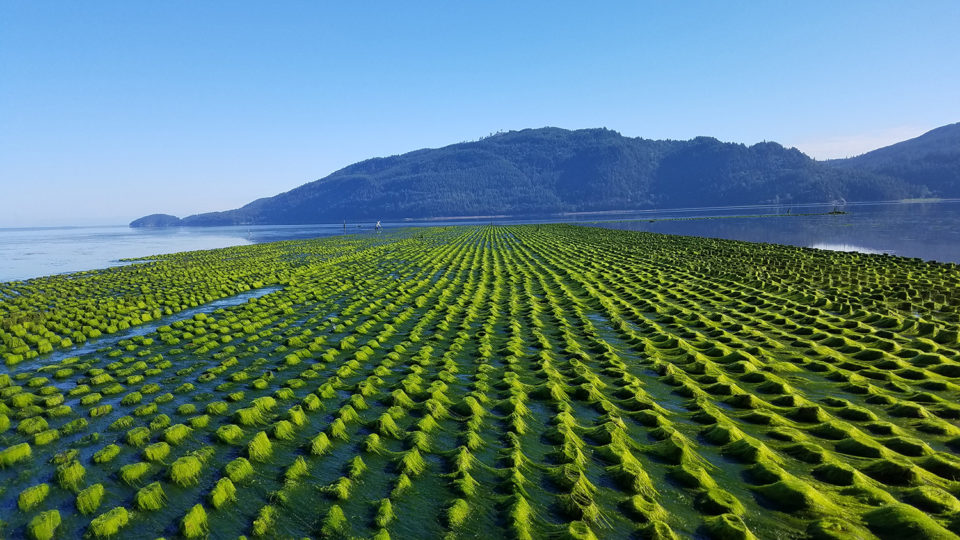
Eight months into the COVID-19 pandemic, the gloom and doom of the initial shutdown and its economic repercussions has lightened and there’s a hint of hope in the air for Pacific Northwest shellfish producers.
Taylor Shellfish Farms in Shelton, Wash., reduced its staff from 700 before the pandemic started to 175 in April, but is back up to 500 today. Most of the company’s oyster bars have reopened at reduced capacity and shellfish sales have returned, though not to prior levels.
“From May to August sales were 60 to 70 percent of what they were last year for the same period. Still, we’re not able to make up for the lost sales revenue and this will have significant impact on profitability, operations and ability to reinvest in the company,” said Bill Dewey, Taylor’s director of public affairs.
Prior to the pandemic, three-quarters of the company’s gross revenue was from foodservice accounts and the remainder from the retail sector. That’s reversed today as consumers are preparing more shellfish at home.
“Our online retail sales direct to consumers are up 600 percent over last year this time,” he noted, “but it’s still a modest part of total sales and doesn’t make up for drops in sales to the retail and foodservice sectors.”
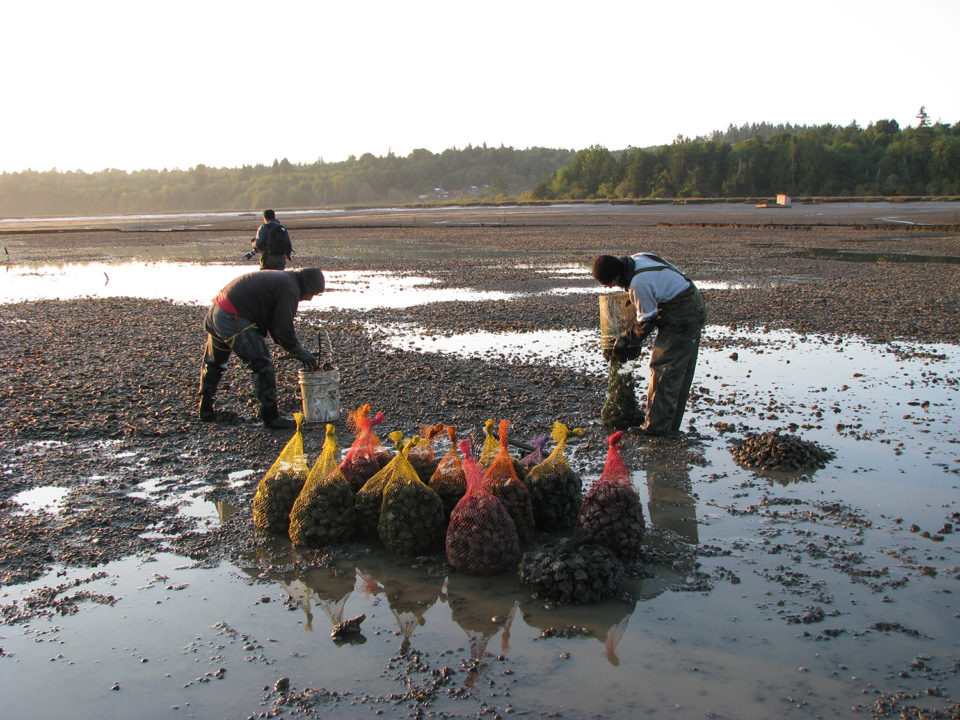
Payroll Protection Program loans helped Taylor rehire employees to perform essential farm maintenance, crop seeding and to maintain staffing at the oyster bars. Salaried managers took temporary pay cuts and Taylor family members worked for months without pay, he said. “Expenses and capital projects were drastically cut or put on hold and some company real estate assets were sold to help keep operations going.”
Demand for large oysters has been high, and steady for shucked oyster meats. Manila clam sales are at 80 to 90 percent of what they would typically be but for mussels and geoducks, sales are half of what they were pre-COVID.
“We currently have 750,000 pounds of mussels that need to be harvested or they risk being lost,” Dewey said. “Both domestic and export sales for our farmed geoduck are off by 50 percent and we predict geoduck sales will continue to lag until restaurants are back at full capacity.”
Fathom Seafood, a company sourcing geoducks and Dungeness crab in nearby Tacoma, Wash., has switched its focus from international export to domestic sales since the pandemic began and just launched an e-commerce website to ship live Dungeness crab directly to consumers.
“Before the pandemic began, 90 percent of our business was international shipments to China, where geoduck is revered,” said Matthew Wei, VP, sales and business development. “We had to make the switch to the domestic market just to generate some cash flow and keep the business running.”
Fathom began selling Dungeness crabs at roadside farm stands, and has been trying to expand its domestic live seafood distribution chains. That’s challenging, Wei said.
“The U.S. doesn’t really have a culture of eating live seafood, with the exception of some small pockets,” he said. “But we’ve learned that local people are super excited to have access to live product they’ve never had before. The first day we opened our farm stand all we had was a homemade stand by the side of the road with a small tank to hold the crab, and still we made a profit. It wasn’t record numbers but it shows us there’s potential.”
Wei has shifted focus from geoduck to crab, noting that only three markets in the country – New York, Seattle and parts of California, home to the most densely populated Chinese immigrant communities – tend to buy geoducks.
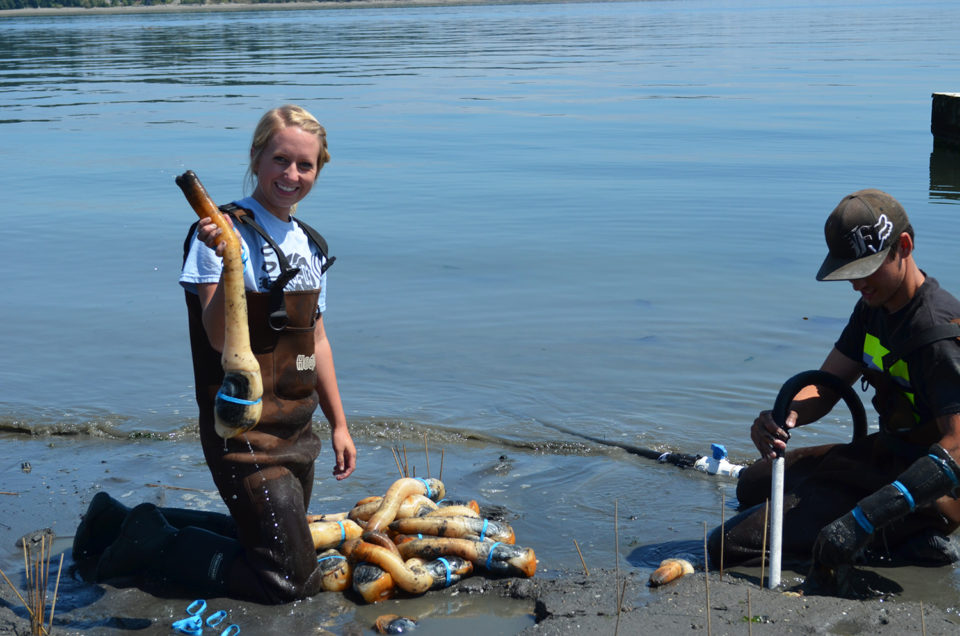
“We believe the crabs have more potential for coast-to-coast consumption, because people don’t know what to do with geoduck,” he said of the long-necked giant clam with the shocking appearance.
Back in March, Mark Wiegardt, a shellfish larvae producer at Whiskey Creek Oyster Hatchery in Tillamook, Ore., was worried he’d have to dump his oyster eye larvae if he couldn’t sell it. Fortunately, that never happened.
“We had a good season with steady sales,” he said. “Once the restrictions lifted on restaurants and they opened up, people were buying a lot of oysters. Farmers recognized that they needed to plant seed and we sold just about everything we had. So I’m feeling pretty good about the future,” he said.
In Canada, the shellfish sector is still facing difficulties, said Tim Kennedy, president of the Canadian Aquaculture Industry Alliance.
“Small producers who depend on the restaurant sector have been hardest hit. They’re seeing an uptick in retail sales, especially in the U.S., but it continues to be a challenging situation,” Kennedy said.
For salmon farmers in British Columbia, sales are down year to year but demand for fresh fish remains strong in retail, he said. Employment remains strong and companies like Cooke Aquaculture, which has up to 100 open vacant spots at the moment, are continuing to hire. Still, there’s a lot of downward pressure on the price of salmon, Kennedy said.
“Grieg Newfoundland, which was scheduled to build a smolt facility in Marystown, Nfd., has deferred construction,” he said. “That’s just one symbol that things are not at all back to normal.”
Follow the Advocate on Twitter @GAA_Advocate
Now that you've reached the end of the article ...
… please consider supporting GSA’s mission to advance responsible seafood practices through education, advocacy and third-party assurances. The Advocate aims to document the evolution of responsible seafood practices and share the expansive knowledge of our vast network of contributors.
By becoming a Global Seafood Alliance member, you’re ensuring that all of the pre-competitive work we do through member benefits, resources and events can continue. Individual membership costs just $50 a year.
Not a GSA member? Join us.
Author
-

Lauren Kramer
Vancouver-based correspondent Lauren Kramer has written about the seafood industry for the past 15 years.
Tagged With
Related Posts
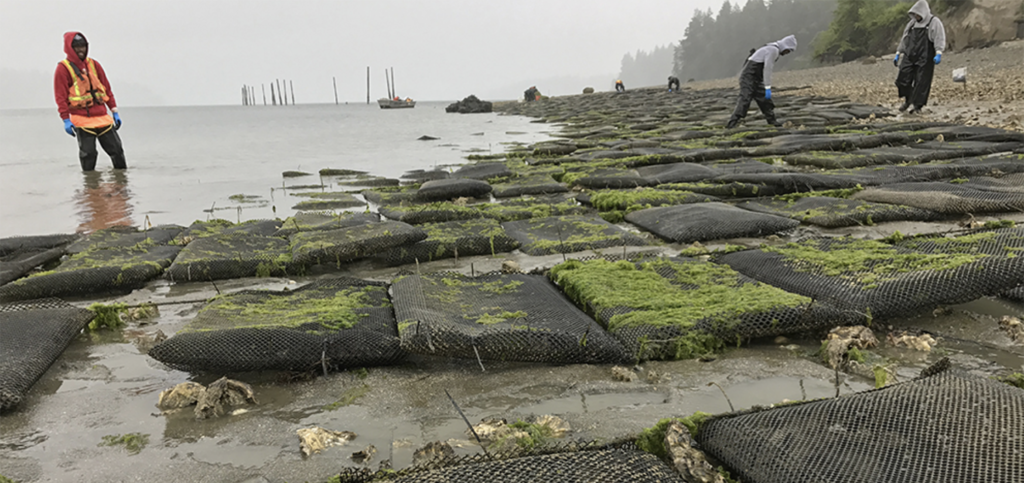
Intelligence
COVID-19 has the West Coast shellfish sector on hold
The impacts of the coronavirus (COVID-19) pandemic on the industry are vast. In the Pacific Northwest, some producers are faring better than others.
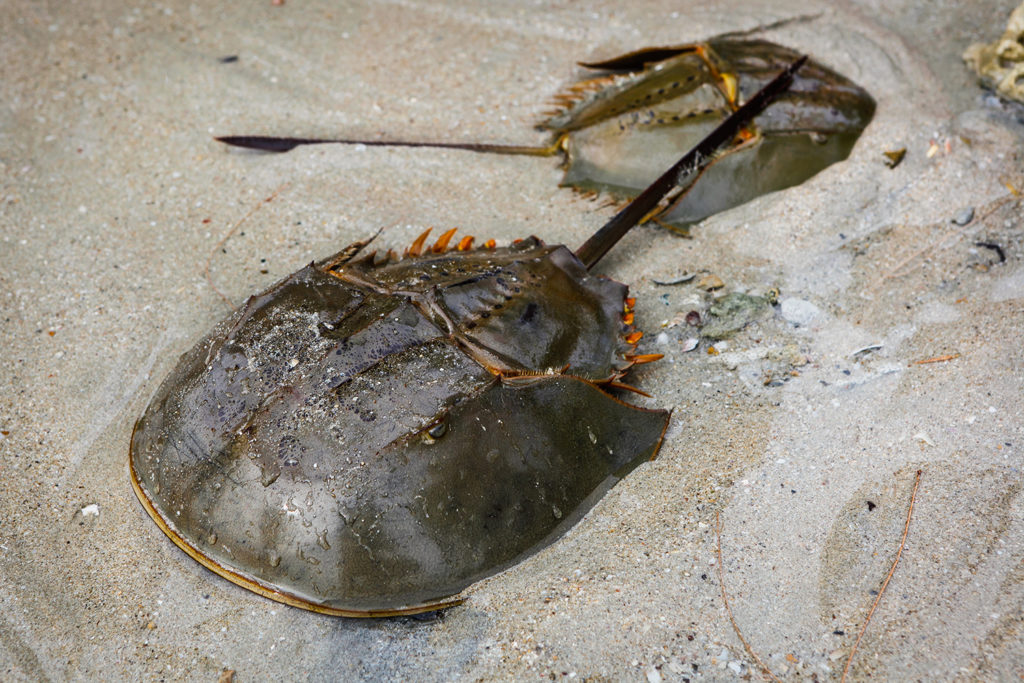
Health & Welfare
Can farming horseshoe crabs help the COVID-19 cause?
Already housing horseshoe crabs for medical purposes, researchers hope recirculating aquaculture systems will aid their coronavirus-fighting efforts.
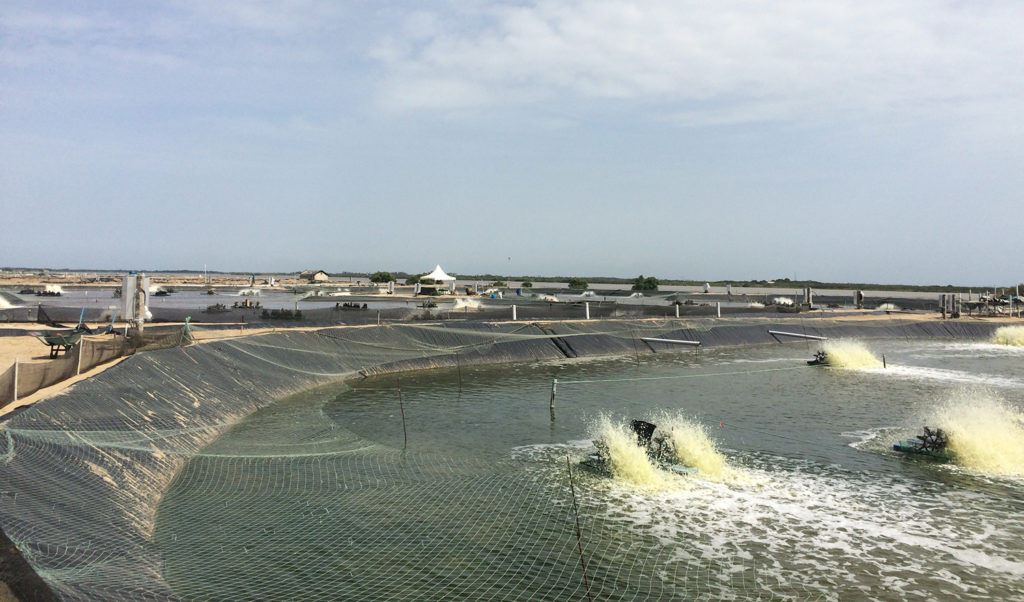
Intelligence
India’s shrimp industry adapts to COVID-19 restrictions
A look at trends in various segments of the shrimp production supply chain in India – hatcheries, farms, feeds and exports – amid COVID-19 restrictions.
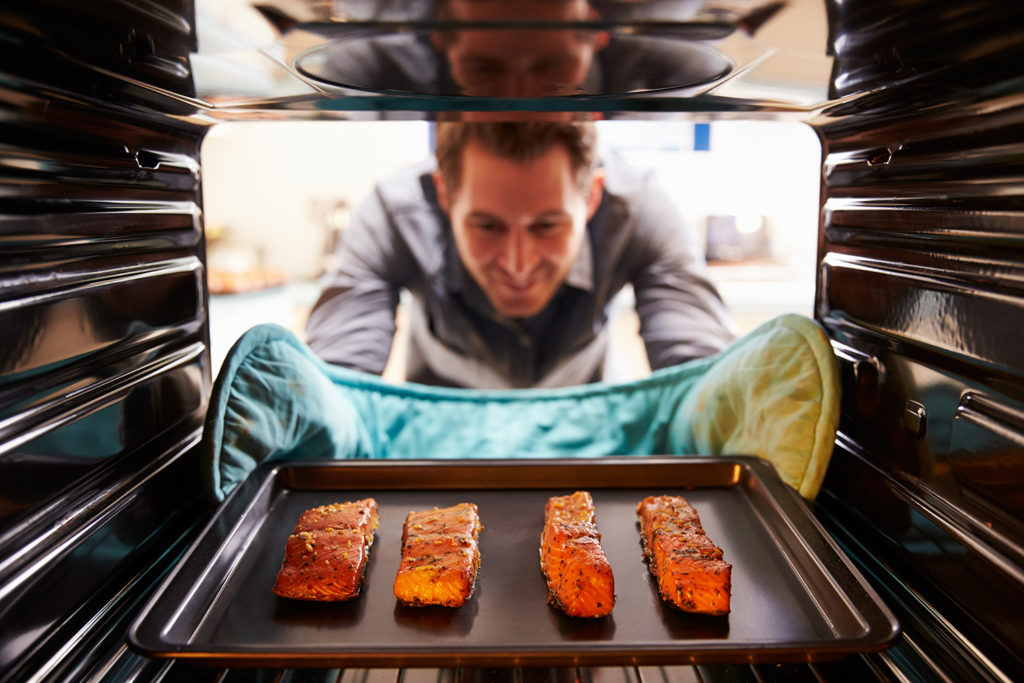
Intelligence
Special report: Retail demand reduces COVID-19 pain for seafood industry
A poll of retailers commissioned by the Global Aquaculture Alliance (GAA) finds a brighter future for the seafood industry in the wake of COVID-19.

